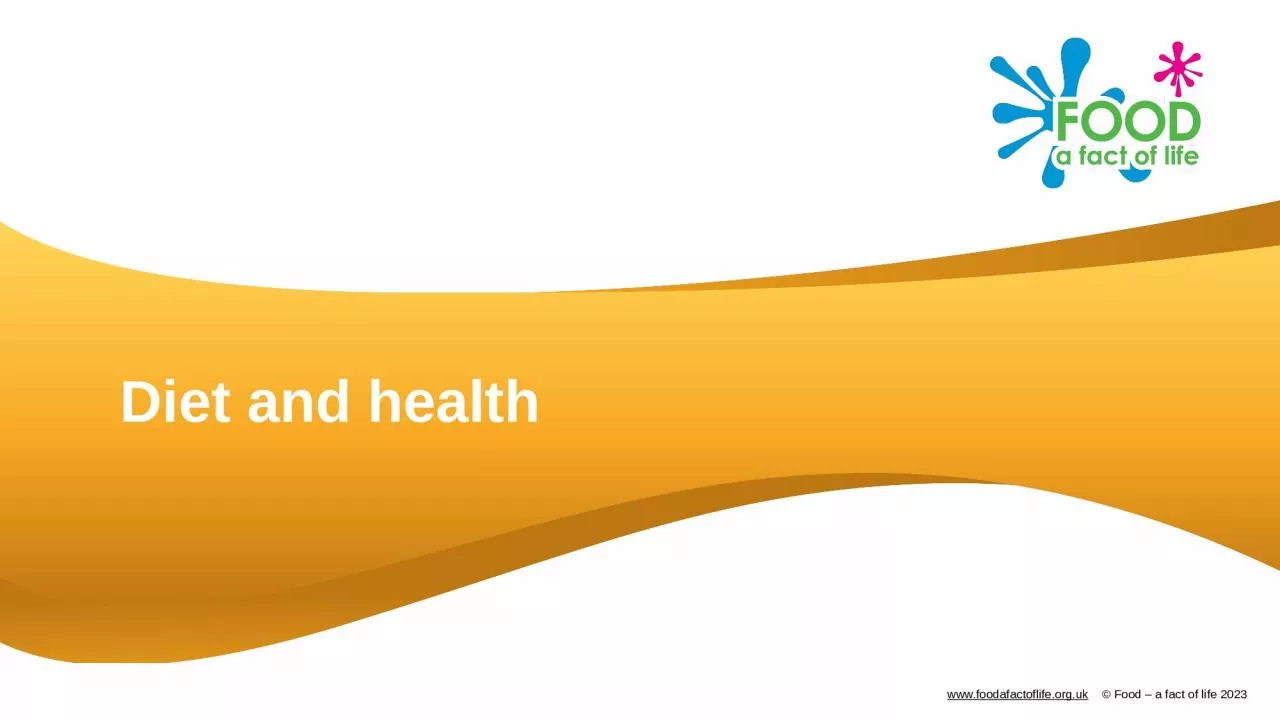PPT-Diet and health A balanced diet
Author : ariel | Published Date : 2024-01-29
A balanced diet is based on the Eatwell Guide An unbalanced diet can lead to dietary related diseases Malnutrition Having intakes of energy andor nutrients below
Presentation Embed Code
Download Presentation
Download Presentation The PPT/PDF document "Diet and health A balanced diet" is the property of its rightful owner. Permission is granted to download and print the materials on this website for personal, non-commercial use only, and to display it on your personal computer provided you do not modify the materials and that you retain all copyright notices contained in the materials. By downloading content from our website, you accept the terms of this agreement.
Diet and health A balanced diet: Transcript
Download Rules Of Document
"Diet and health A balanced diet"The content belongs to its owner. You may download and print it for personal use, without modification, and keep all copyright notices. By downloading, you agree to these terms.
Related Documents














